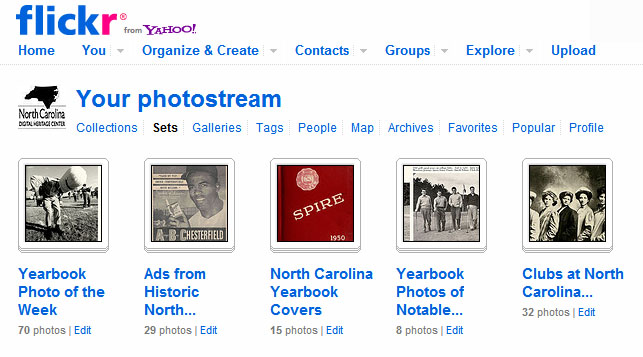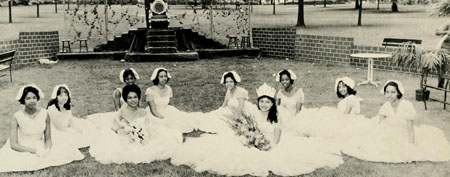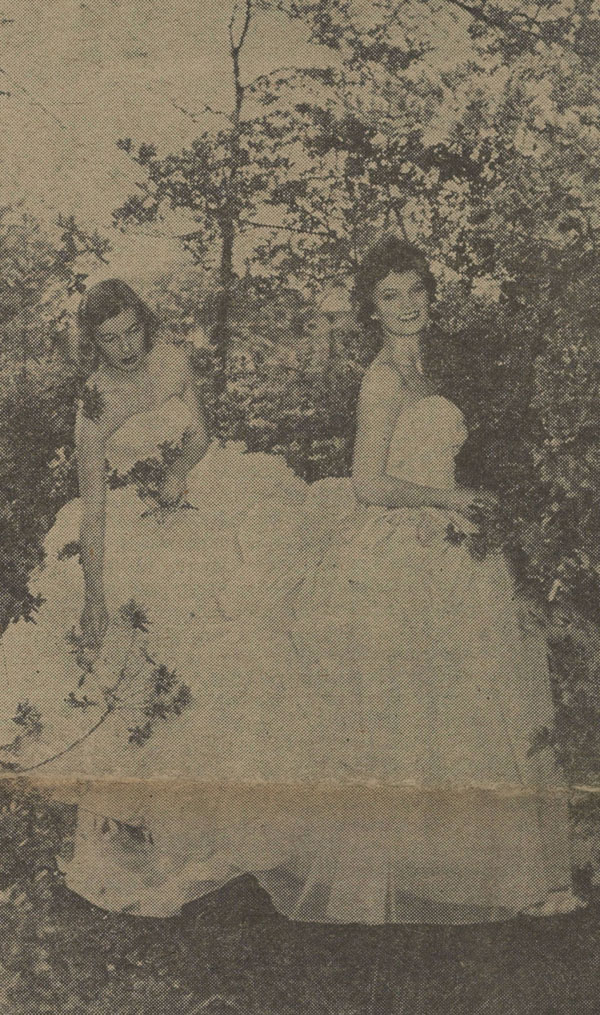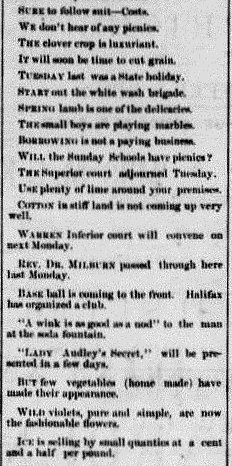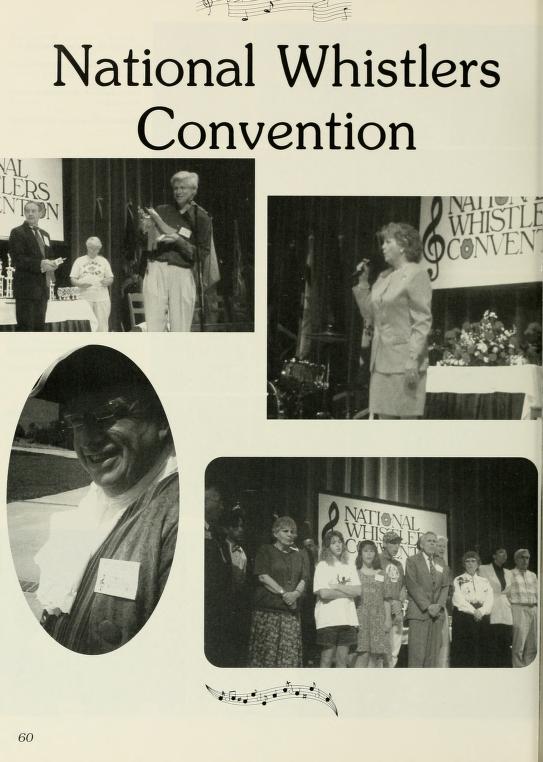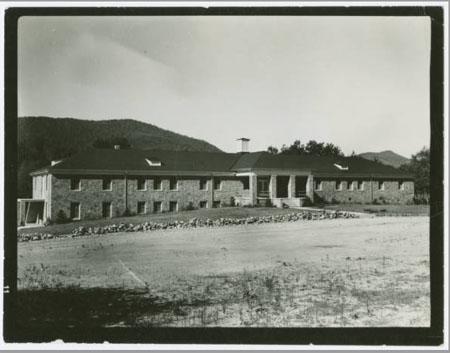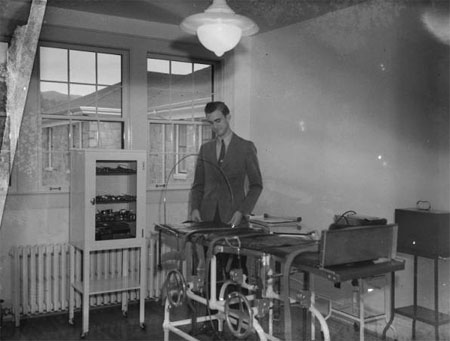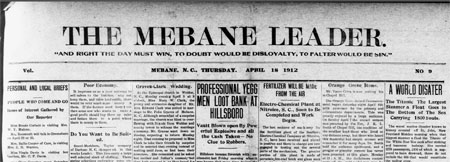Piedmont Airlines was a mainstay at airports throughout the southeast from the 1940s through the 1980s. The Winston-Salem-based company often flew into smaller airports that were not served by larger airlines. In North Carolina alone, Piedmont flights were available from Rocky Mount, Elizabeth City, Hickory, Morehead City, Southern Pines, Fayetteville, Kinston, and Asheville, among other towns, not to mention larger airports in Charlotte, Greensboro-High Point, and Raleigh-Durham.
Early issues of the employee newsletter are simple, typewritten sheets with reminders and instructions to airline employees. By the 1960s, the Piedmonitor had a more professional look, and served not just to inform employees but to promote the airline and celebrate its accomplishments. The Piedmonitors from the 1960s contained features on cities that were served by the airline, photos of celebrities flying on Piedmont, news about new airlines and routes, and many articles about employee honors and charitable work.
Piedmont Airlines continues to operate as a subsidiary of US Airways, flying to more than 50 cities in the eastern United States and Canada.
